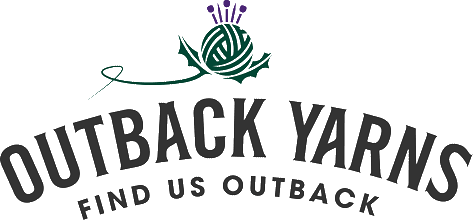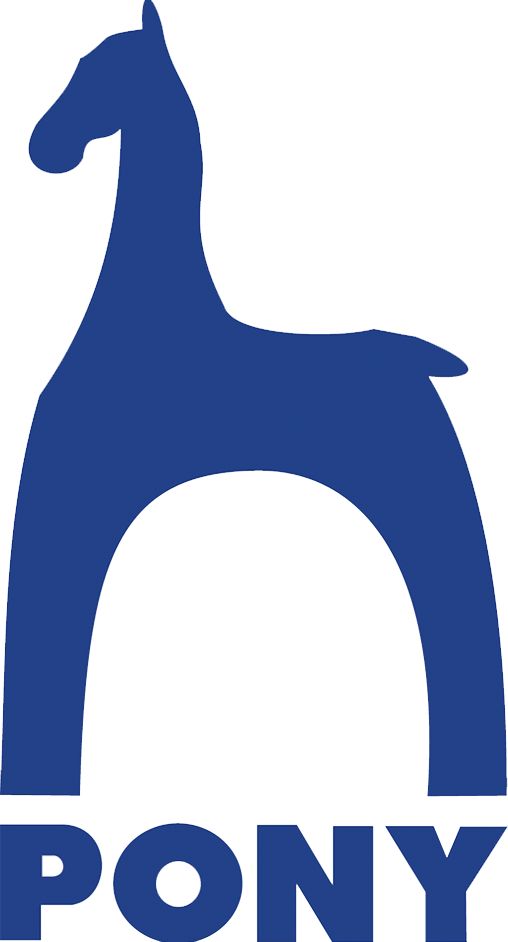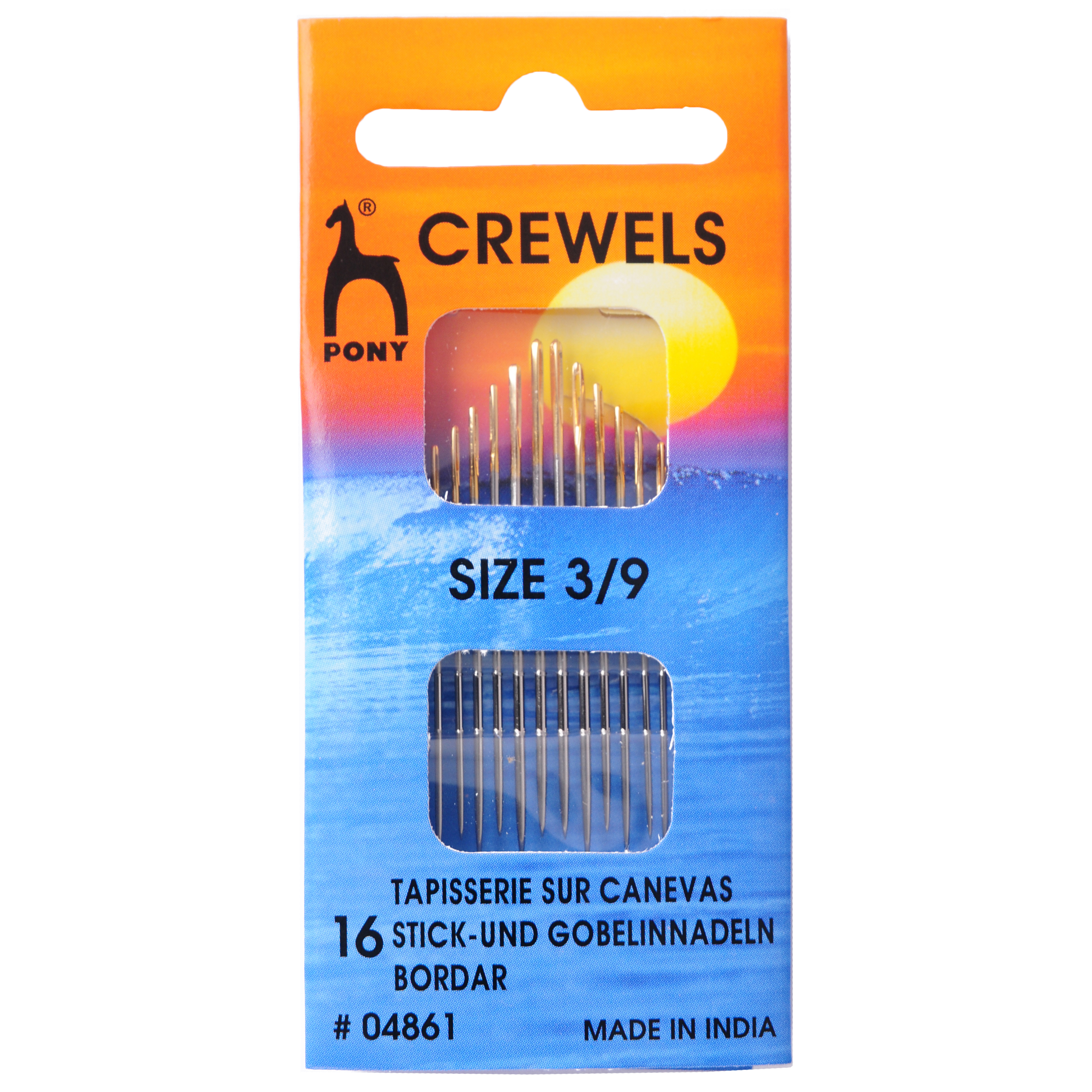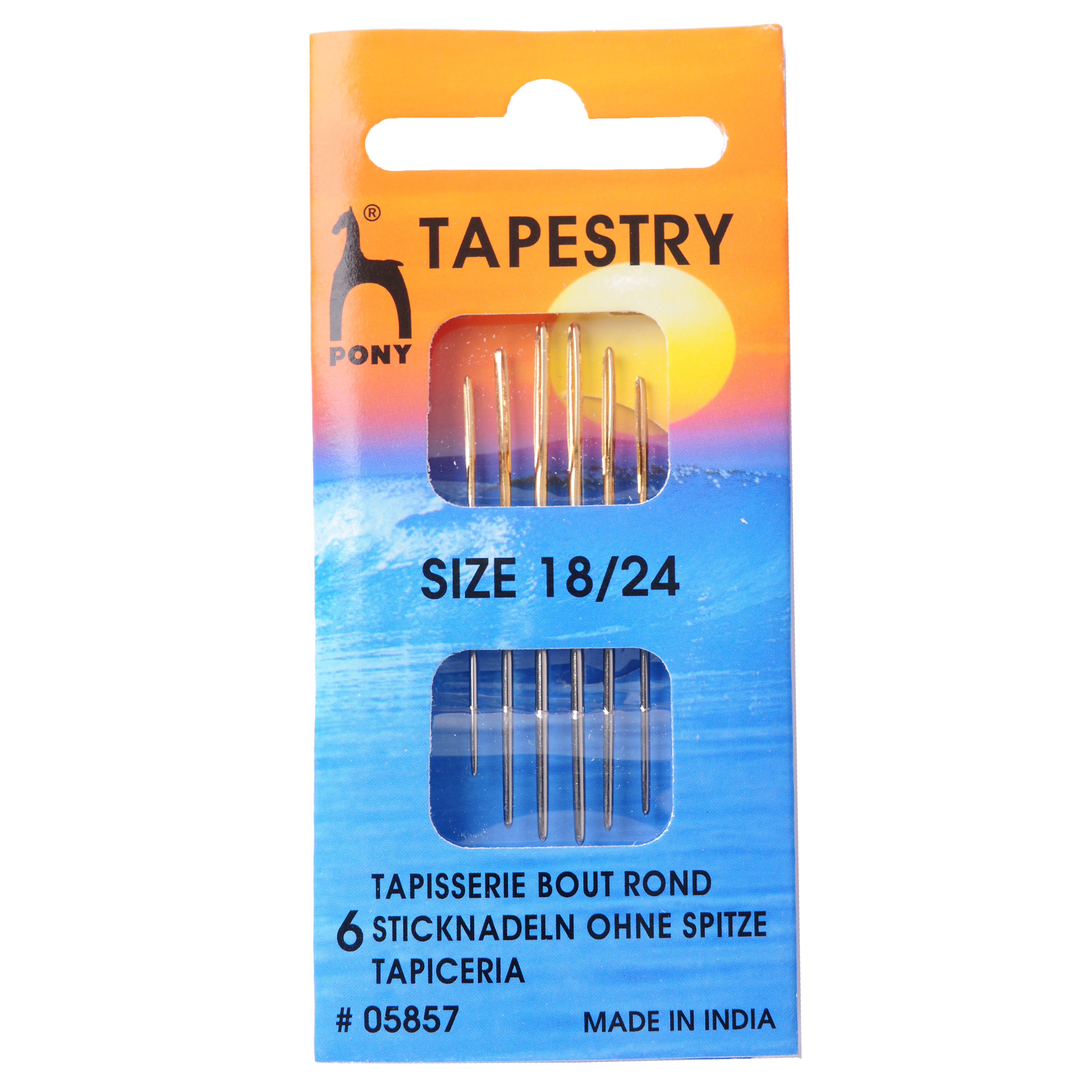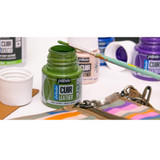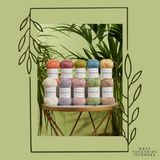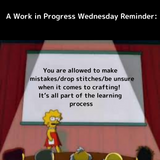A Guide to Sewing Needles and finding the point!
A Guide to Sewing Needles and finding the point!
Sewing needles are the chief tool used for sewing! And the variety of sewing needles is staggering! So, we’ll help you find out which needles are used for what and for the sake of minimizing the ranged depictions of needles out there, we’ll be referring to the Pony brand of sewing needles as they are a well known brand with a wide selection on needles!
Also any sewing terminology mentioned throughout this blog, have been highlighted and are explained in a glossary at the end of the blog!
With that all sussed, let's get started!
Crewels
These needles are used for embroidery and cross stitch. These needles come with a sharp point and a long eye for taking multiple threads at once as well as catering for thicker threads such as crewel wool, stranded cottons, embroidery floss and pearl cotton threads!
Tapestry
Tapestry needles are short, blunt needles with a long, broad eye for taking heavier threads and yarn. Making them perfect for, of course, tapestry, heavy cross stitching and even darning!
Straw
Also known as Milliners or Smocking needles, these are fine, long needles with round eyes designed for basting, pleating, appliqué, hat making and smocking!
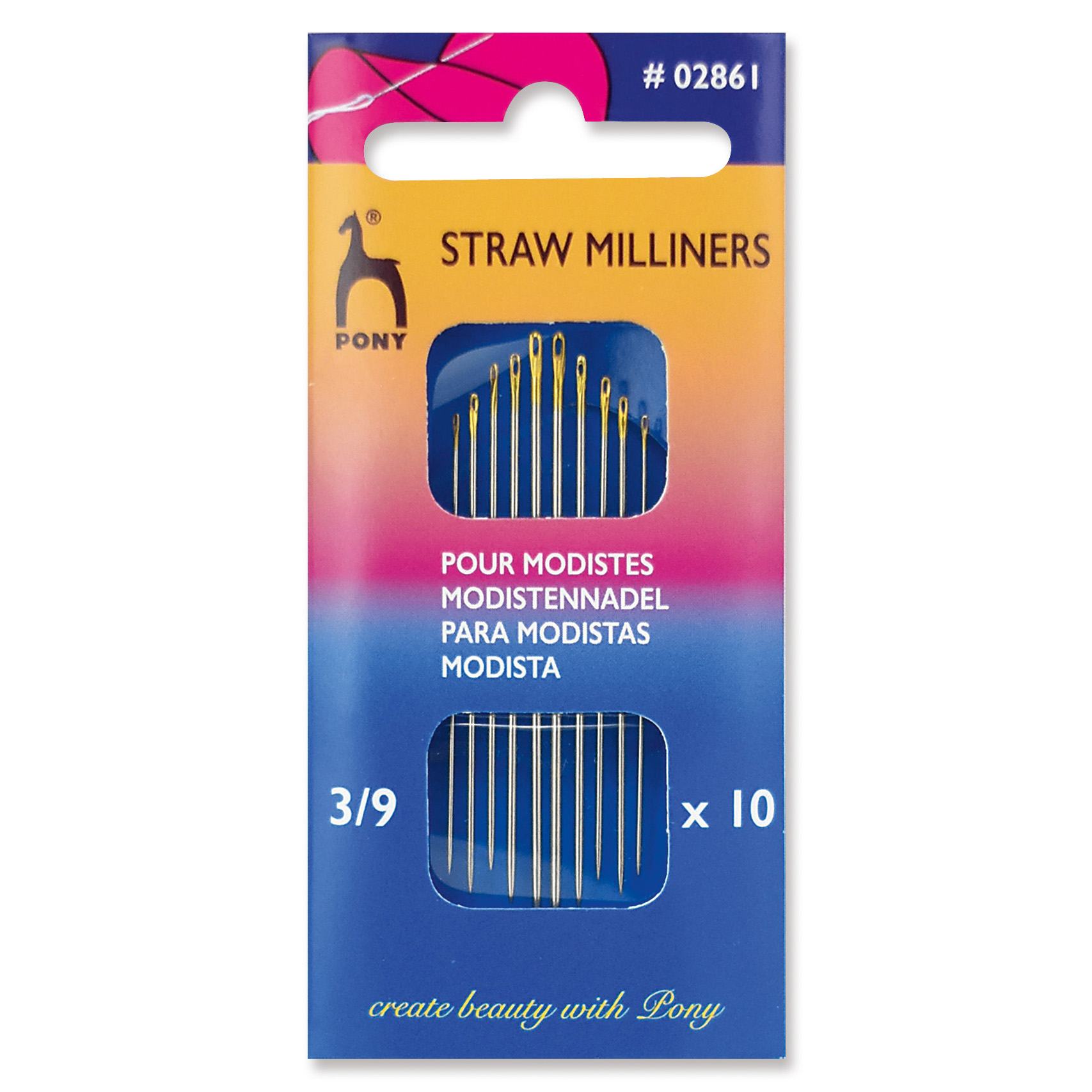
Bead Embroidery / Beading Needles
Beading or Bead Embroidery needles allow the user to decorate needlecraft projects, such as cross stitch, embroidery or even tapestry, with little beads or sequins. These needles have narrow eyes and thin shafts to allow them to go through the centres of little sequins and tiny beads. These needles are also commonly used for beading work, to create decorative beaded designs.
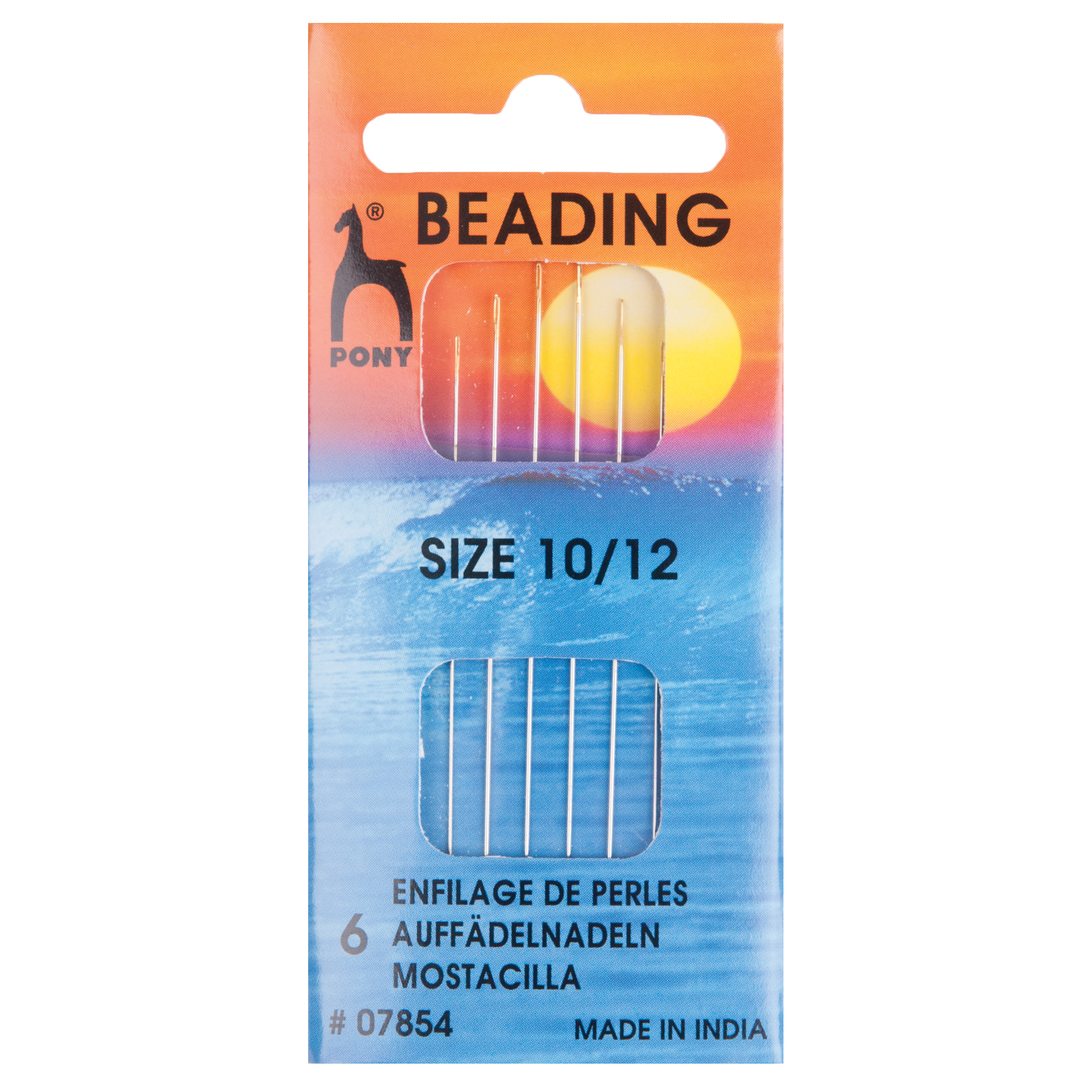
Straight Mattress Needles
These needles are, long, thick and sturdy and ideal for sewing thicker material. And these are usually for upholstery work, leather work, and book binding.
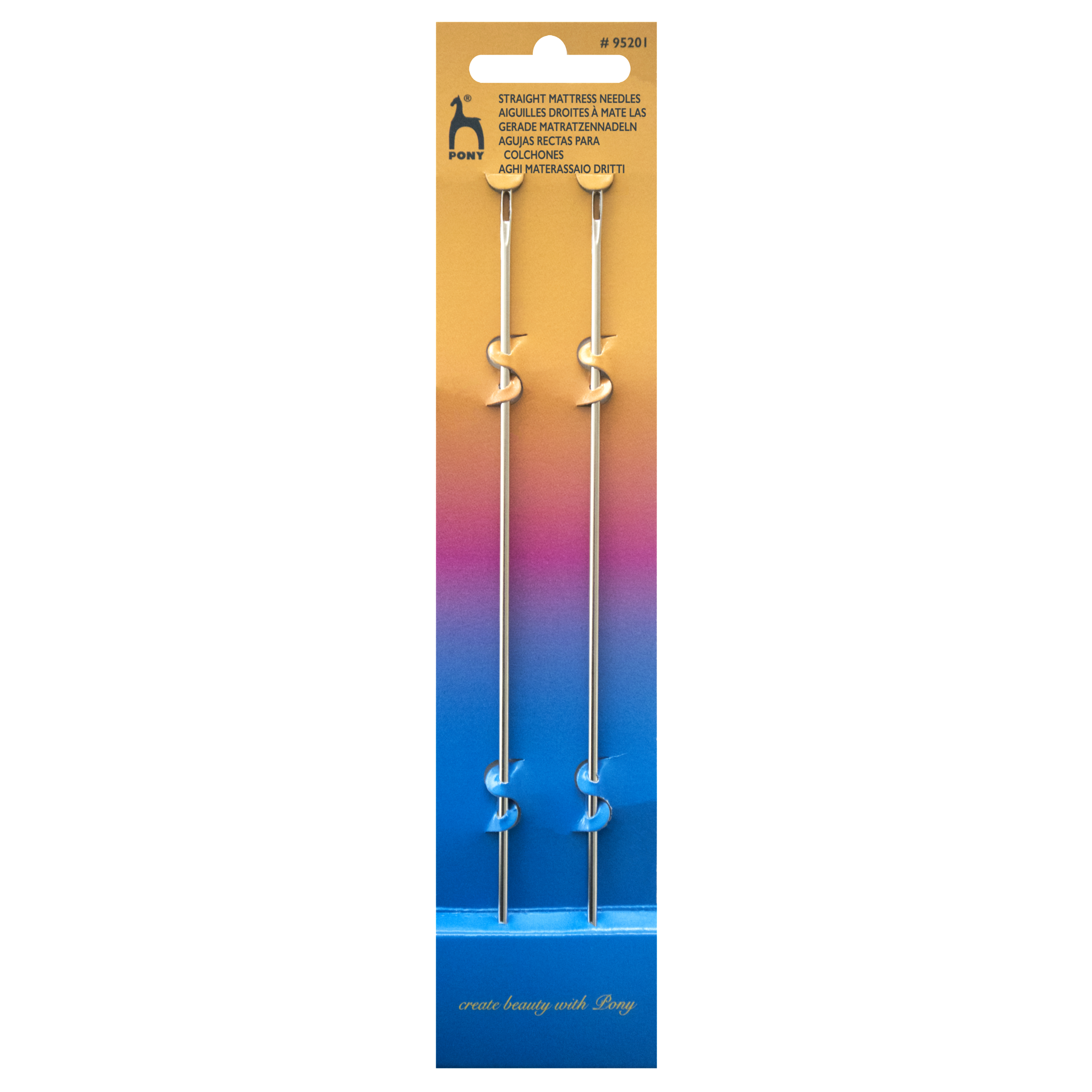
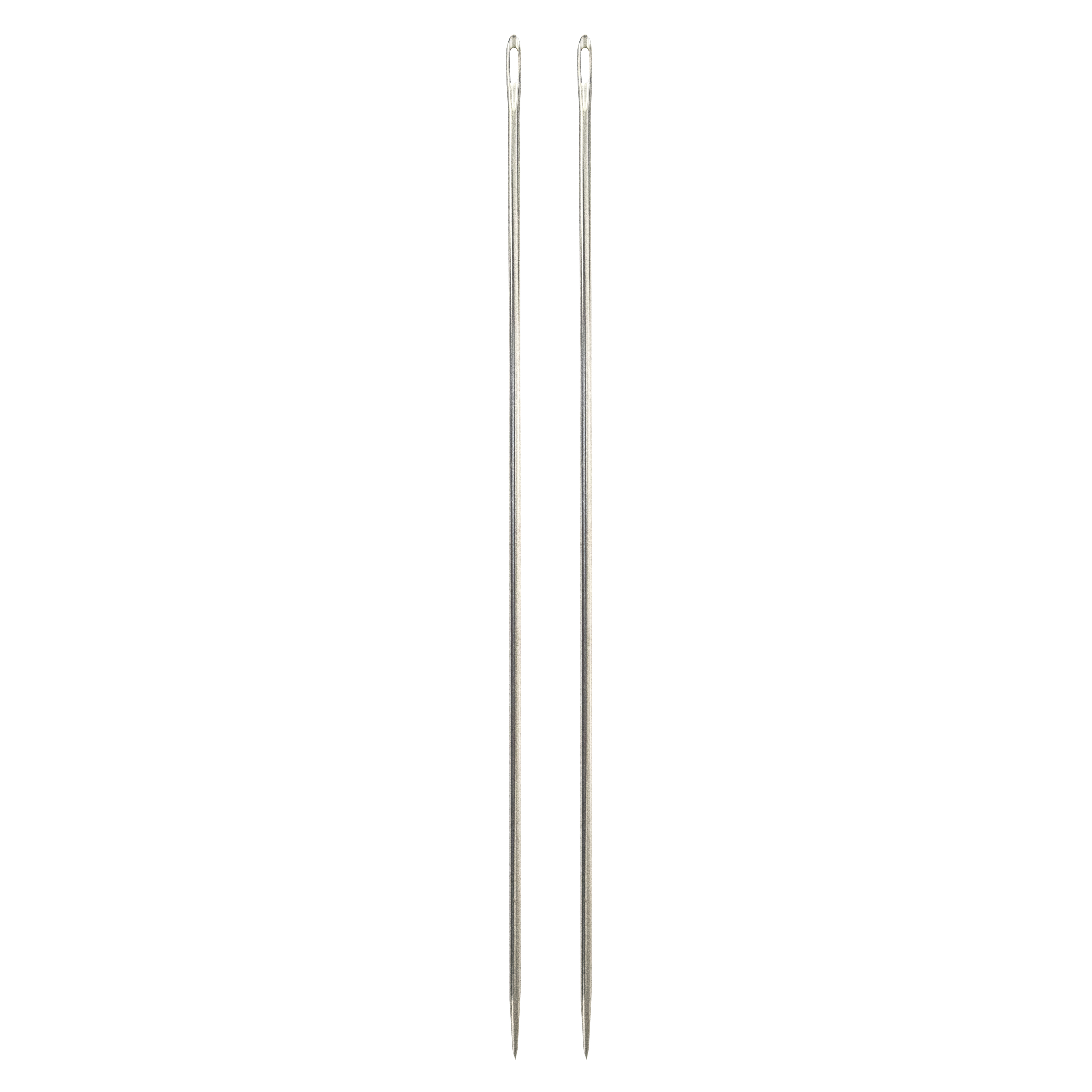
Curved Mattress Needles
Like the the striaght needle these sturdy needles are traditionally used for thicker fabrics, usually used for upholstery, such as linen, canvas and leather. They’re traditionally used in leather work, for sewing upholstery furniture and of course, sewing mattresses. They’re also quite popular for book binding too however, their curved shape helps to prevent the needles getting bent when being through thick layers of material.
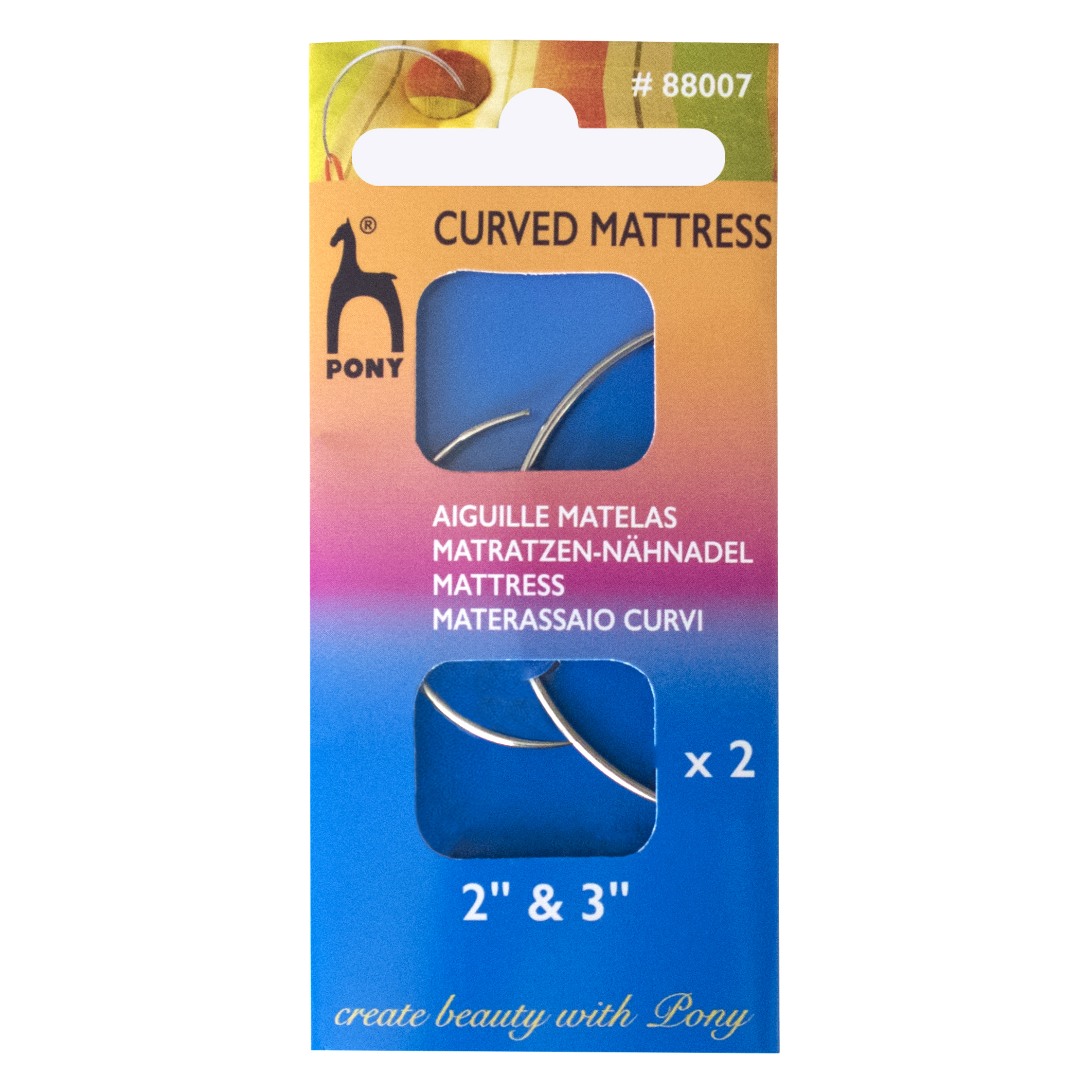

Sail Needles
Like the mattress needles, these needles are thick and sturdy, however unlike the mattress needles, these ones have a triangular point, making it easier to sew heavy materials like sail canvas and leather without causing them to tear. These needles are tradtionally used to repair sails or to sew leather.
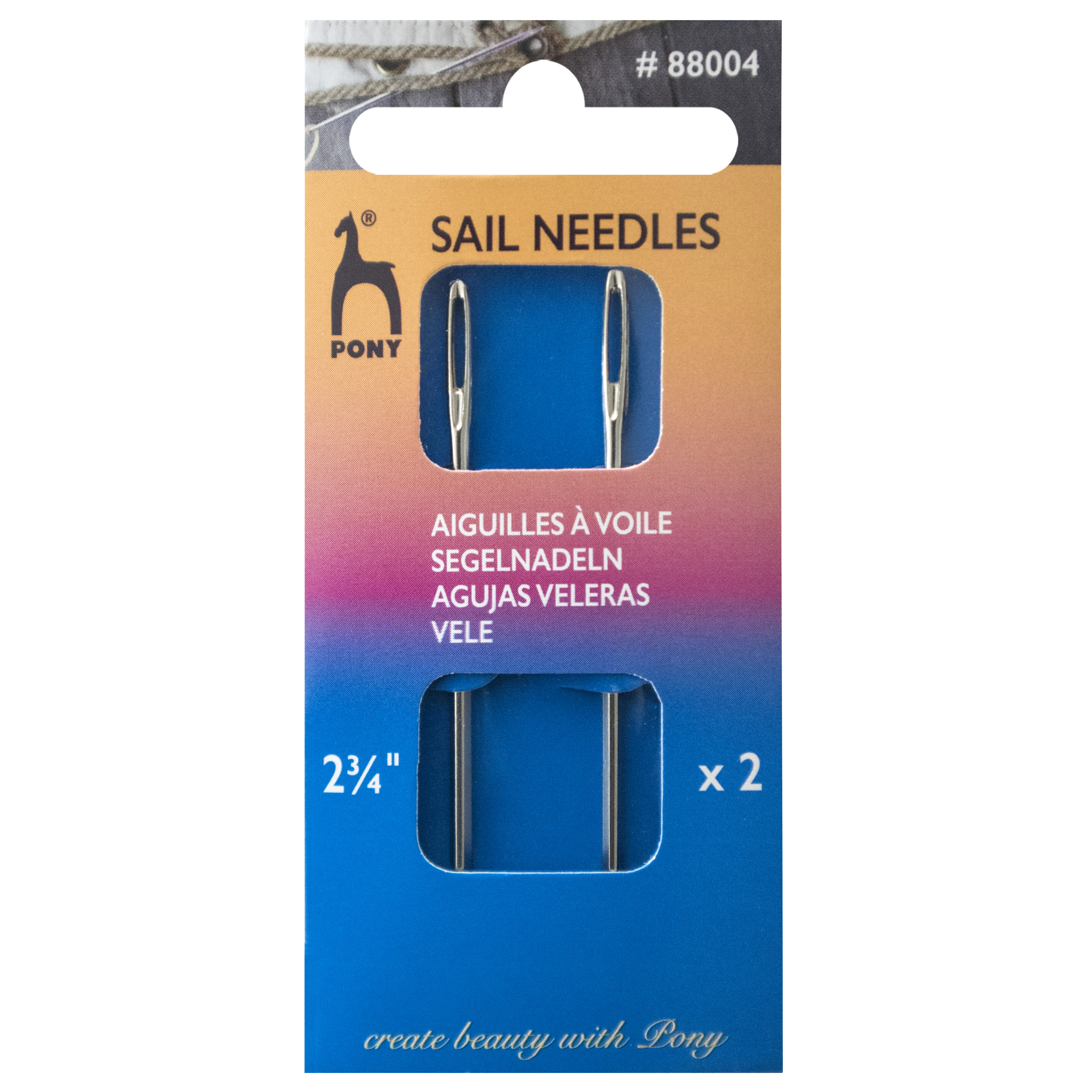

Doll Needles
These long needles are used for doll and toy making as they can reach through otherwise unreachable areas of the head and body of a doll, that regular, shorter needles can't get to. They're also often used for embroidering facial features onto dolls, in which you put your needle through the back of the head and embroider details on the front!
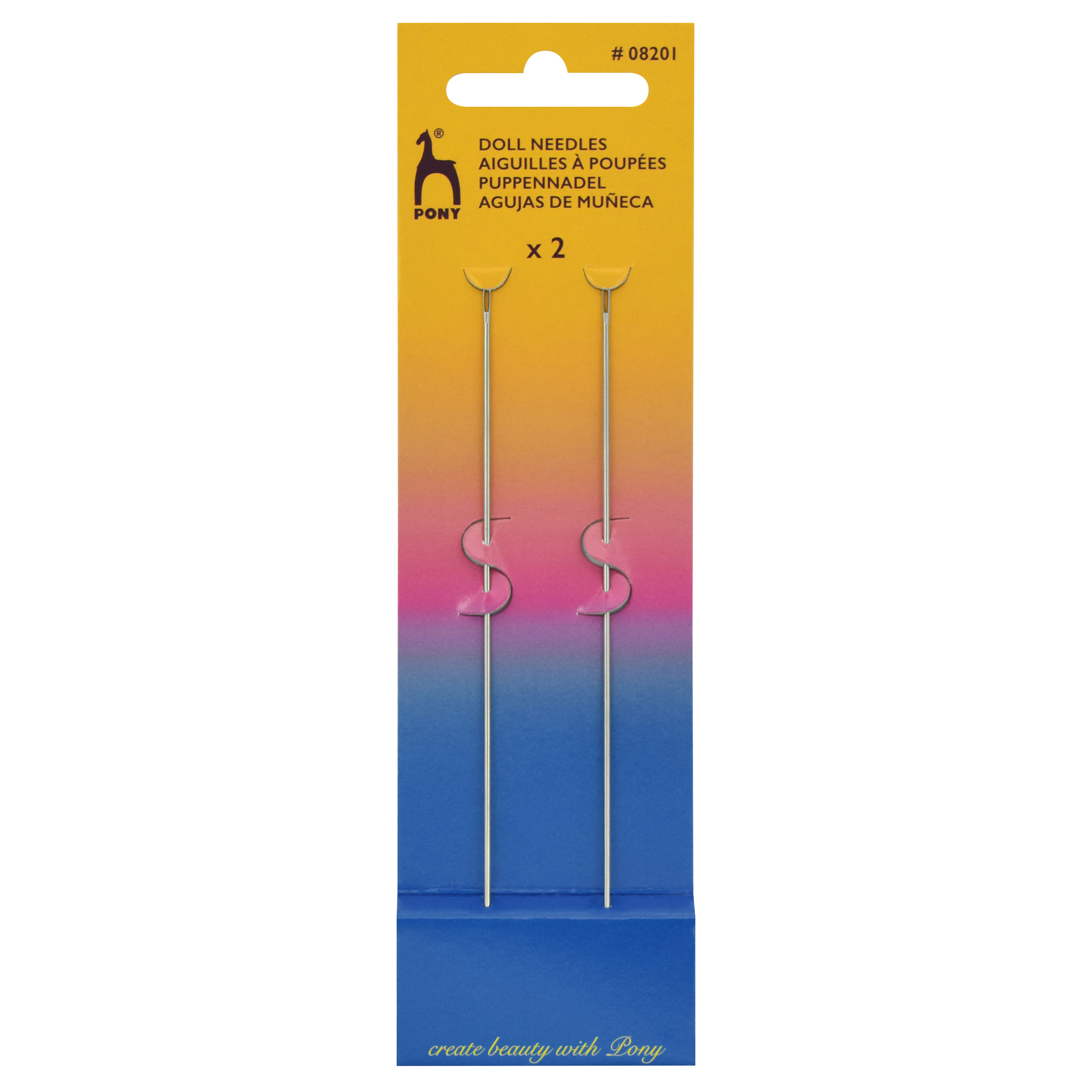
Betweens
These needles are also known as hand quilting needles. They’re small, sharp needles with round eyes making them ideal for darting through layers of fabric to quilt the sandwich and to produce neat and even stitches. These needles also tend to be thicker for both strength and for grip.

Chenille
These needles are a basically thicker, shorter embroidery, needles and have a large eye for thicker embroidery cottons and floss however they have a sharper point.
Darning Needles / Short Darners
Short Darners; also occasionally known as ‘Cotton Darners’; are strong, short needles with a sharp point and a long eye so wools and cottons can be threaded. These needles are often used to mend hole in knitted clothing or heavy woven materials using wool or cotton.
Sharps
Sharps are excellent multi-use sewing needles; they are the most used household sewing needles and are also commonly used for dressmaking. And as the name suggests they have a sharp point, so be careful! But more to the point -pun unintended- these needles can be used for an assortment of materials; the finer needles are perfect for silks and lawn cottons while the bigger needles are better for heavier-weight fabrics such as linen and denim.
Glovers / Leather Needles
These leather needles are sometimes referred to as Glovers needles because initially, they were used by glovers, who specialised in the art of hand making leather gloves. These needles are still used today, especially in all types of leather work including shoe making and shoe repairs, belts and leather garments. These leather needles have a triangular point, which enables them to pierce and pass through tough materials such as leather, suede and vinyl without tearing the material.
Wool
Wool needles are large blunt needles that come with a large eye to make threading thicker wools easier, and these needles are used to stitch knitted garments together but can also be used to darn holes in thicker knitted garments too! In recent years, an alternative to the traditional metal needle has come along! Where the needle is still metal however the eye has been changed for a nylon loop at the top. Providing easier threading of thicker wool and this new ‘eye’ is made of a flexible material meaning these new wool needles should work just as well as the regular ones!
Knitters
Like the wool needles, these are large thick needles with a large eye to make threading thicker yarns easier. However, unlike the wool needles, these have a sharper point, to make it easier to sew through more densely knit or crochet items.
Ballpoint
Ballpoint needles are great for working with heavier, looser knit fabrics like rib knits, cotton knits, fleece because it stops them from running or laddering as a result of stitching. It also works well with synthetic materials like polyester, polyester-cotton, rayon and jersey fabric.
Extra Note!
Another important thing about the needles is the sizes. Most needle packs will be marked with a number or numbers. This helps indicate the size of your needles. And the higher the number on the pack, the smaller the needles. And if your pack has a number such as 3/9, this is a mixed pack from size 3 needles to size 9.
And that’s it folk for the sewing needles! If there are any I forgot to mention just let us know and we shall add them!
Sandwich - A ‘sandwich’ in this context refers to the layers in quilting, which usually consist of the front of the quilt on top, the wadding in the centre and the backing on the bottom. Thus, creating a ‘sandwich’.
Basting - Basting is a long, loose stitch designed to hold fabrics together temporarily, but is to be removed after the final stitching. For example, basting the side seams of a skirt to check the fit, and once the final stitching is put into place, the temporary basting stitch is removed.
Pleating – A pleat is a fold or series of folds in fabric to help give a bit more ‘fullness’ to a garment. Pleats are often used in cuffs, trousers and in skirts or dresses.
Appliqué – Literally meaning ‘to apply’, this term in sewing is often used for handmade motifs, usually made out fabrics such as cottons, flannels, fleece etc, that are ‘applied’ to a quilt, sewen bag or even to everyday clothing, and is ‘applied’ using a sewing machine or a fusible interfacing or even Bondaweb.
Knits – Knits or knit fabric is a fabric that is made using a knitting process so the fabric can stretch. Knit fabrics, just like woven fabrics, can be made out of a variety of materials including, bamboo, silk, cotton, polyester, linen as well as a blends of fibres.
Smoking - Smocking was a technique that commonly used before the invention of elastic, in which fabric was gathered together so it could 'stretch' if required! It was often used in necklines, cuffs and bodices and it was also a great way to avoid buttons and fasteners in garments where they weren't deired.
OUR BLOG POST
Introducing Pebeo Setacolor Leather Paints: Customization & Repair for Leather Products
Pebeo Setacolor Leather PaintsOverviewJust in time for your creative projects, we’re thrilled to ann...
A Guide to Sewing Needles and finding the point!
A Guide to Sewing Needles and finding the point!Sewing needles are the chief tool used for sewi...
Sewing Pins - What a choice!!
The helpful guide to choosing what pin does what and where best to stick it!Sewing pins are one of...
Dangling Decor for Spring and Easter Fun!
Hello one and all!Easter is fast approaching, so we thought we'd share with you the steps to making...
WYS Elements DK : Sustainable Knitting
It's now more important than ever to look after our planet and there are lots of little adjustments...
The Importance of Mistakes
It’s easy to feel discouraged when we’re not immediately great at a craft but mistakes are all part...
